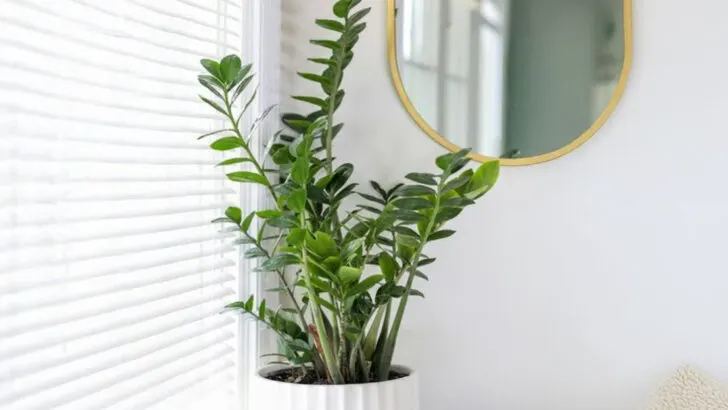When summer heat creeps indoors, the right houseplants can offer more than just looks—they can bring real relief. Some plants are known for their ability to naturally cool the air, increase humidity, and create a visual sense of freshness that instantly makes a space feel more livable.
These houseplants aren’t just beautiful—they work hard in hot weather. Whether it’s their lush leaves, moisture-boosting power, or calming green presence, each one on this list adds something that makes your room feel a little less stuffy and a lot more serene.
If you’re not ready for an air conditioner upgrade, start with these 15 summer houseplants. They’ll chill your space (and your mood) without lifting a finger—just a little water and a bright corner.
Snake Plant

Often referred to as a survivor, the snake plant thrives with minimal care and attention. Its tall, architectural leaves add a modern touch to any decor. The plant is known for its ability to produce oxygen even at night, making it a great bedroom companion.
It’s perfect for those who might not have the greenest thumb, as it can withstand neglect. During the summer, it helps to cool the air while also filtering toxins. A fascinating fact: in some cultures, it’s believed to bring good luck and ward off evil spirits.
Boston Fern
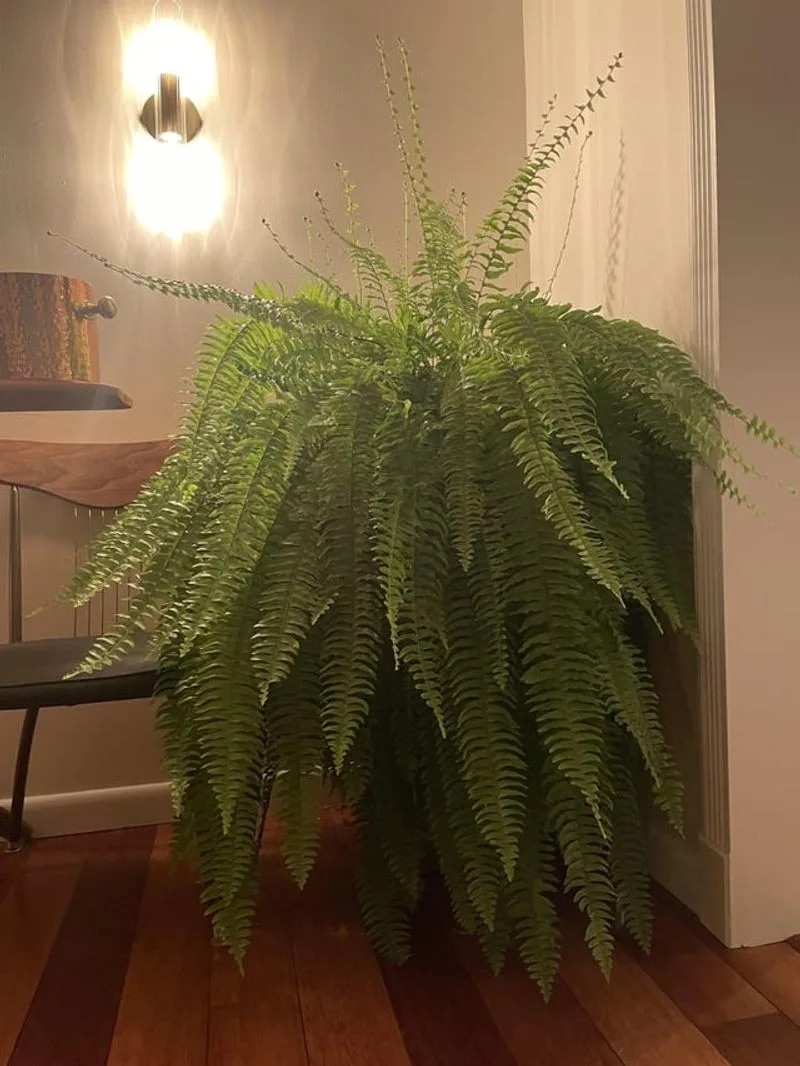
The Boston fern is a classic choice for those aiming to add a touch of elegance to their interiors. With its feathery fronds, it not only cools the room but also adds a sense of tranquility.
This plant appreciates humidity, making it ideal for bathrooms or kitchens. Known for its air-purifying properties, it efficiently removes pollutants like formaldehyde. Interestingly, the Boston fern was a symbol of wealth and prosperity in Victorian times, often seen in posh parlors.
Peace Lily
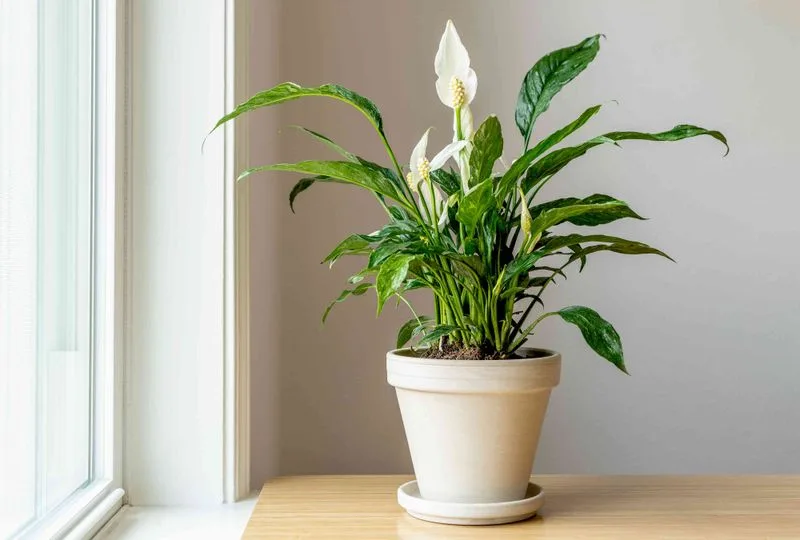
Peace lilies are often associated with purity and tranquility due to their elegant white blooms. They thrive in shaded areas, making them ideal for rooms with indirect light. These plants are excellent at maintaining humidity levels, which can contribute to a cooler atmosphere.
Their air-cleaning capabilities are remarkable, filtering out toxins like benzene and trichloroethylene. Additionally, in many cultures, peace lilies symbolize peace and prosperity, often given as gifts to convey goodwill.
Spider Plant
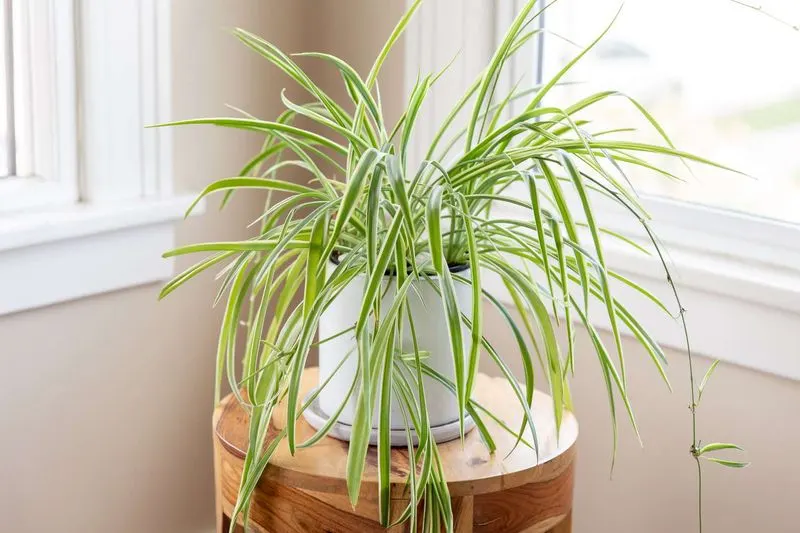
With its playful, arching leaves and tiny offspring, the spider plant adds a whimsical touch to any room. It’s incredibly easy to care for and adapts well to various conditions, making it a favorite for beginners.
Not only does it help in cooling the air, but it’s also known for its ability to absorb carbon monoxide and other pollutants. Historically, spider plants were among the first used in NASA’s Clean Air Study, proving their efficiency in purifying enclosed spaces.
Aloe Vera
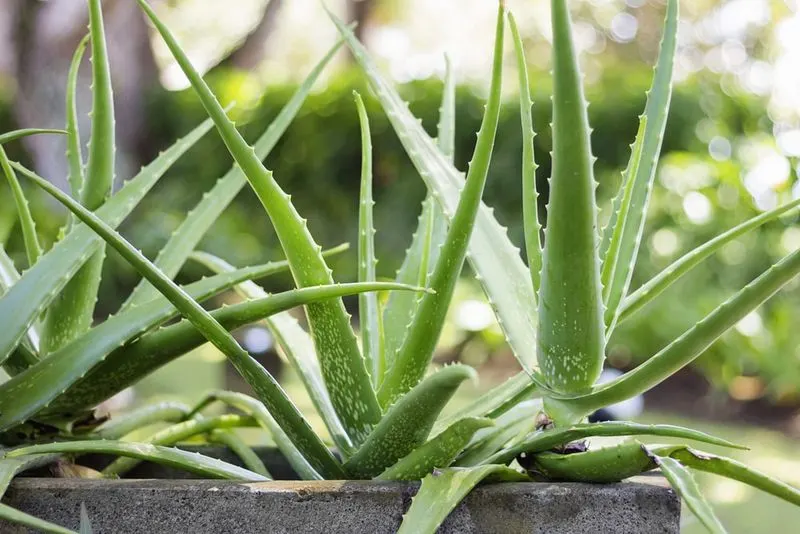
Aloe vera is more than just a soothing gel; it’s a powerhouse plant that thrives in sunny spots. Its thick, fleshy leaves store water, making it drought-resistant and perfect for summer.
Besides its cooling effect on burns, aloe vera helps lower indoor temperatures naturally. The plant has been used for centuries for its healing properties, dating back to ancient Egypt, where it was known as the “plant of immortality.”
Fiddle Leaf Fig
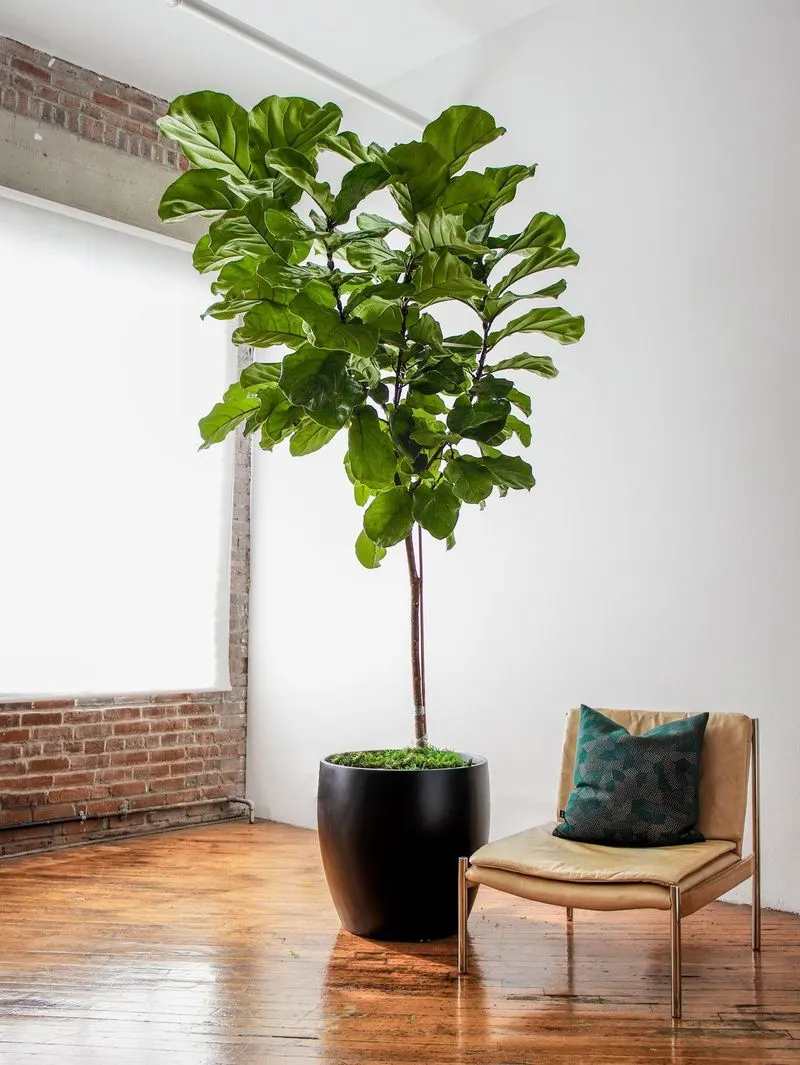
The fiddle leaf fig is a statement piece with its large, glossy leaves. It commands attention and adds a bold aesthetic to any space. Known for its air-filtering abilities, it helps in maintaining a fresher environment during the warmer months.
This plant prefers bright, indirect sunlight and can grow quite tall, making it a striking addition to a room. In recent years, it’s become a favorite among interior designers for its sculptural presence.
Areca Palm
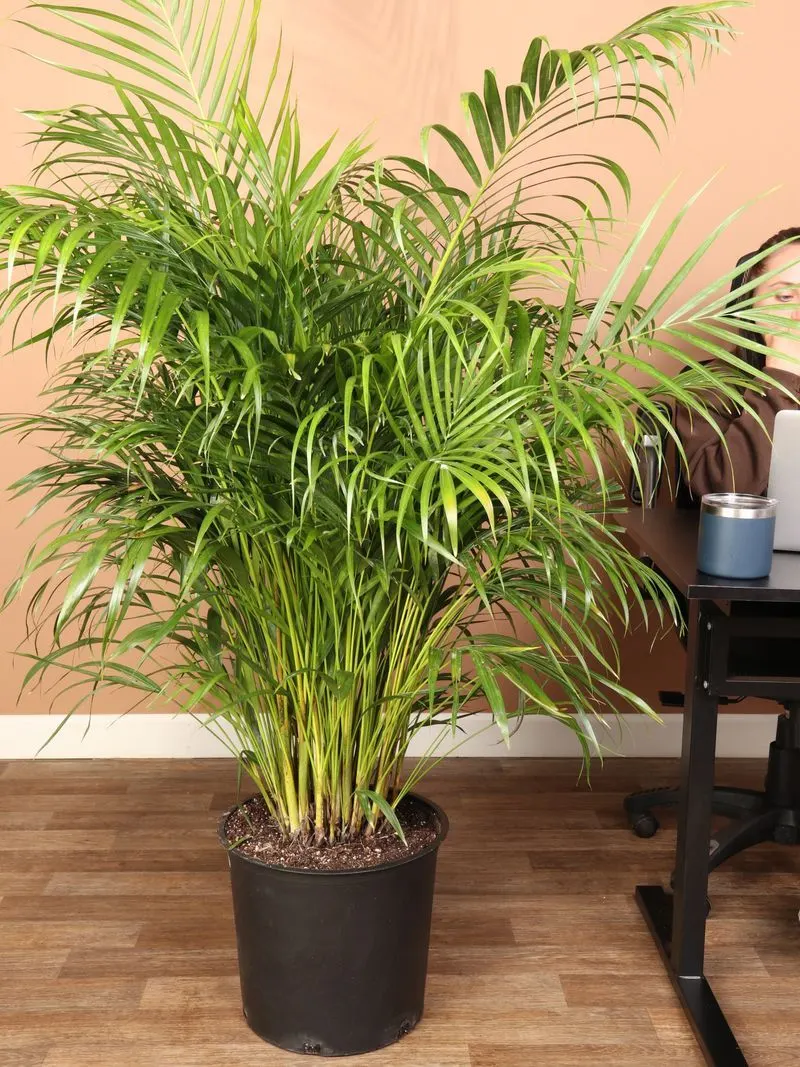
Often dubbed the ‘butterfly palm,’ the areca palm spreads its fronds gracefully, creating a soft, inviting feel. It’s effective at humidifying the air, which can make a room feel cooler and more comfortable.
This plant is also an excellent air purifier, removing toxins such as xylene and toluene. Historically, areca palms were a symbol of hospitality in Southeast Asian cultures, often placed at the entrance of homes.
Rubber Plant
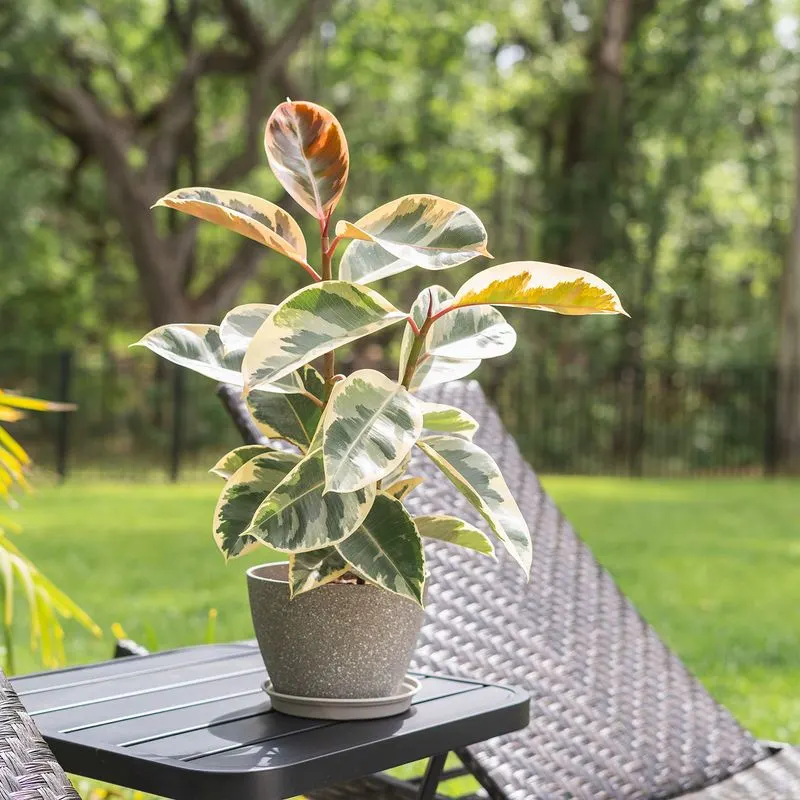
Despite its name, the rubber plant is celebrated for its resilience and decorative appeal. Its broad, shiny leaves make it a stunning focal point in any room. This plant is adept at increasing humidity, which can create a cooling effect indoors.
The rubber plant is not just a pretty face; it also works hard to remove toxins such as formaldehyde from the air. In its native India, it’s often grown outdoors for its sturdy wood and latex production.
Calathea
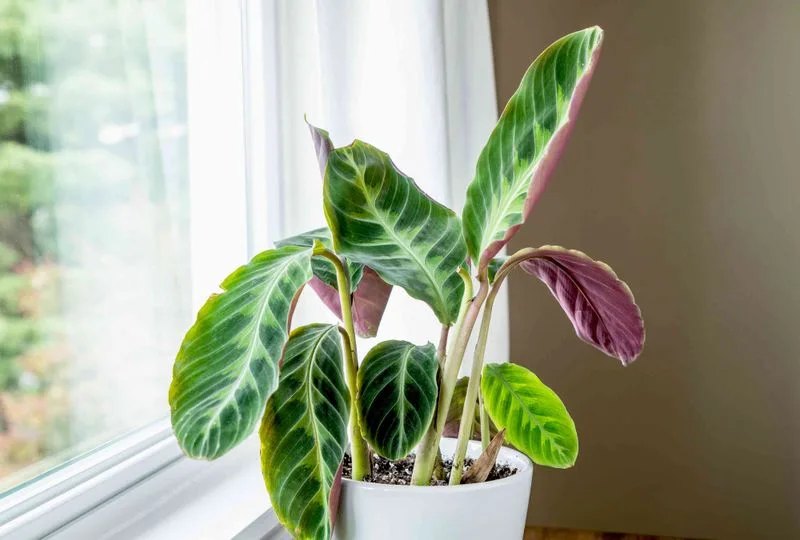
Calatheas are renowned for their striking leaf patterns, each looking like a unique piece of art. These plants thrive in humidity and prefer indirect light, making them perfect for shaded corners.
Their ability to close their leaves at night is a fascinating trait, often likened to prayer hands. This rhythmic movement can add a dynamic element to your living space. Traditionally, calatheas have been used in Brazil for weaving baskets and matting due to their sturdy leaves.
ZZ Plant
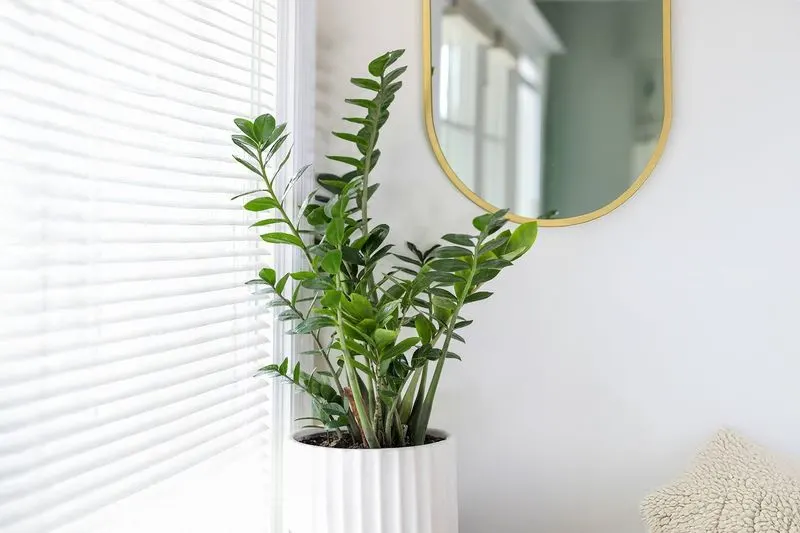
ZZ plants are the epitome of low-maintenance greenery. With their glossy leaves and upright growth, they bring a touch of sophistication to any setting. These plants are masters at withstanding neglect, requiring minimal water and light.
Besides their robust nature, ZZ plants help in cooling the air and are effective at filtering out toxins. Interestingly, their rhizomes are capable of storing water, which helps them survive drought-like conditions, making them ideal for forgetful plant owners.
Monstera Deliciosa
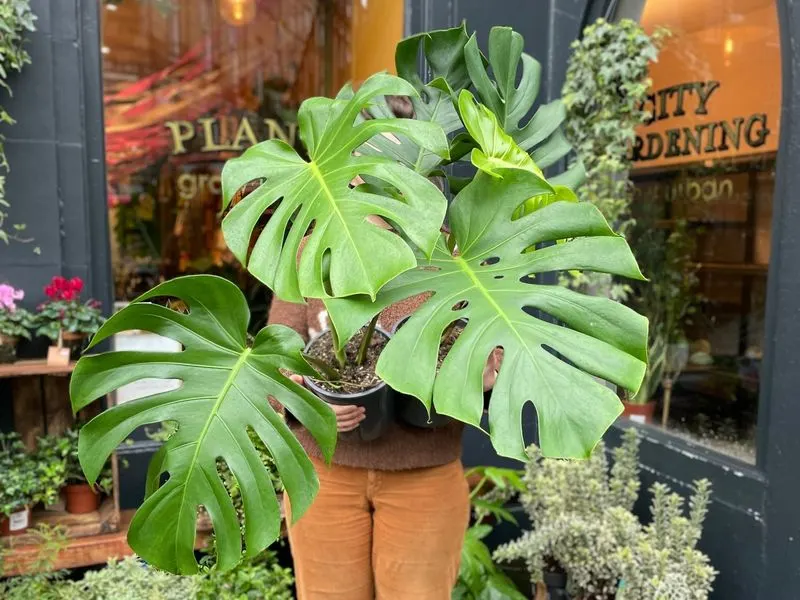
The monstera, with its iconic split leaves, is a favorite for adding a tropical vibe to interiors. It’s not just visually appealing; it also purifies the air, enhancing the overall ambiance of your space.
This plant thrives in bright, indirect light and can grow quite large, becoming a dramatic statement piece. In the wild, monstera plants are climbers, using their aerial roots to scale trees in rainforests, adding to their exotic allure.
Pothos
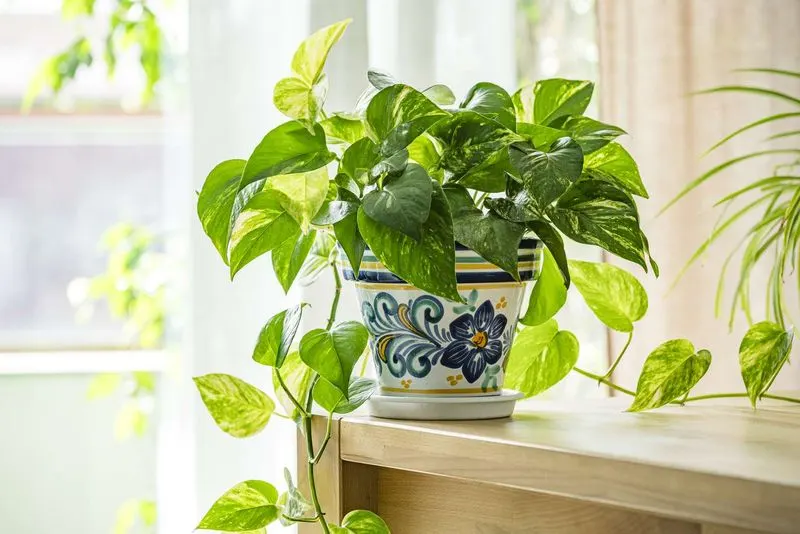
Pothos are known for their trailing vines and heart-shaped leaves that cascade beautifully over shelves and counters. They’re incredibly easy to care for, thriving in both bright and low light.
These plants are excellent at cooling the air and removing common toxins. Often called “devil’s ivy,” pothos can survive in challenging environments, making them ideal for spaces that need a touch of green but lack natural light.
Bamboo Palm
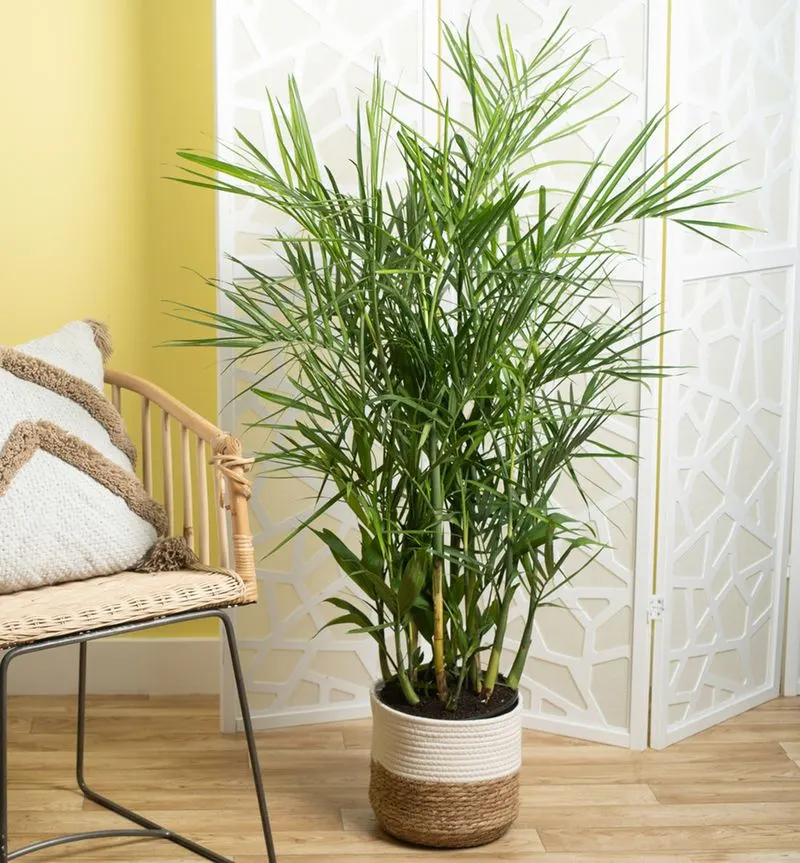
With its slender, reed-like stems, the bamboo palm adds a touch of the tropics to any room. It’s a natural humidifier, contributing to a cooler indoor environment. Bamboo palms are also known for their air-purifying qualities, making them a healthy choice for homes.
This plant thrives in indirect sunlight and can grow tall, perfect for filling empty corners. In feng shui, bamboo palms are believed to bring positive energy and prosperity, often placed in areas of wealth in homes.
English Ivy
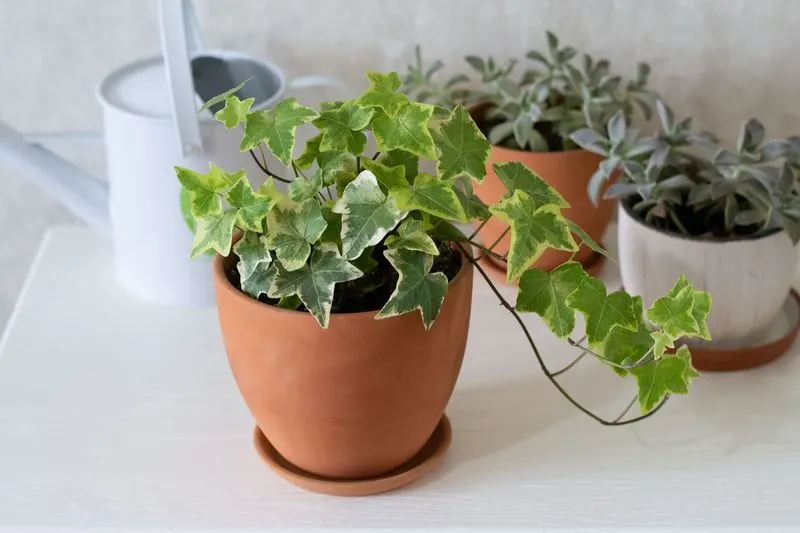
English ivy, with its classic look, offers a hint of the countryside indoors. Its trailing vines can soften the edges of furniture or window sills. Known for its air-purifying prowess, it’s particularly effective at absorbing mold particles.
This plant prefers cooler temperatures, making it ideal for summer. English ivy has historical significance as well; in ancient Greece, it symbolized fidelity and was often used in wedding ceremonies.
Bird’s Nest Fern

The bird’s nest fern, with its wavy, emerald fronds, adds a unique texture to indoor spaces. It thrives in humidity and indirect light, making it perfect for kitchens and bathrooms. The fern’s ability to purify air and maintain moisture levels contributes to a cooler environment.
It’s named for the way its fronds radiate from a central rosette, resembling a nest. Historically, bird’s nest ferns have been used medicinally in various cultures, believed to have healing properties.

